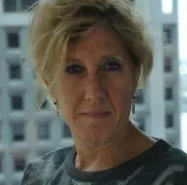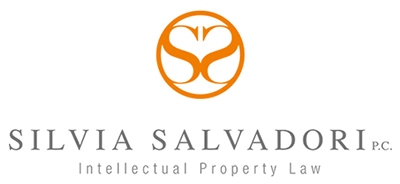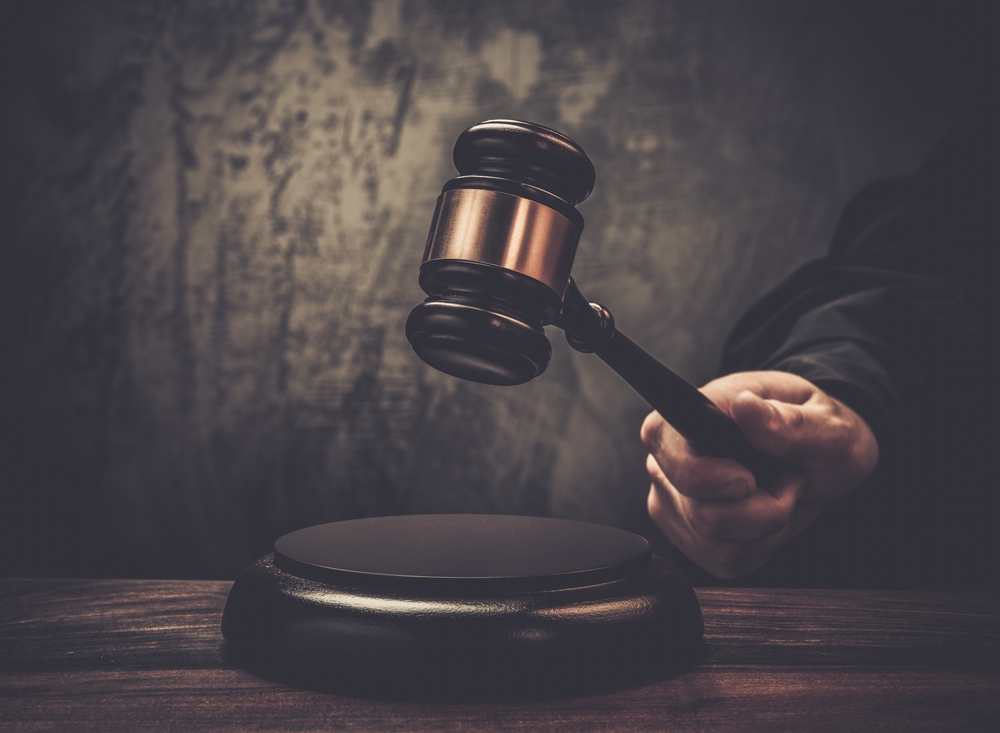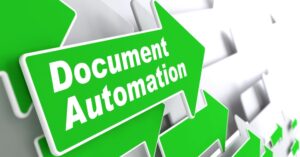
{3 minutes to read} The Climate Change Mitigation Pilot Program is designed to positively impact the climate by accelerating the examination of patent applications for innovations that reduce greenhouse gas emissions. Under this program, qualifying applications involving greenhouse gas reduction technologies are advanced out of turn (granted special status) for examination until a first action on the merits — typically the first substantive examination — is complete.
For qualifying applications, the applicant does not incur the “petition to make special” fee and is not required to satisfy the other requirements of the accelerated examination program.
The United States Patent and Trademark Office (USPTO) will accept petitions to make special under this program until June 5, 2023, or the date when 1,000 applications have been granted special status under this program, whichever occurs first. This program aligns and supports the USPTO’s efforts to secure an equitable economic future, reduce greenhouse gas emissions, and mitigate the effects of climate change.
Requirements:
Applications must contain one or more claims to a product or process that mitigates climate change by reducing greenhouse gas emissions.
This Program Is Open To:
•Non-continuing original utility nonprovisional applications; and
•Original utility nonprovisional applications that claim the benefit of the filing date under 35 U.S.C. 120, 121, 365(c), or 386(c) of only one prior application that is either a nonprovisional application or an international application designating the United States.
Note: Claiming the benefit under 35 U.S.C. 119(e) of one or more prior provisional applications or claiming a right of foreign priority under 35 U.S.C. 119(a)-(d) or (f) to one or more foreign applications will not affect eligibility for this pilot program.
The application or national stage entry must be electronically filed using the Patent Center, and the specification, claims, and abstract must be submitted in DOCX format.
Applicants must file the petition to make special with the application or entry into the national stage under 35 U.S.C. 371 or within 30 days of the filing date or entry date of the application. The fee for the petition to make special under 37 CFR 1.102(d) has been waived for this program.
Petition Filing Limitations:
Applicants may not file a petition to participate in this pilot program if the inventor or any joint inventor has been named on more than four other nonprovisional applications in which a petition to make special under this program has been filed.
All other requirements and conditions of this program are provided in the 2022 Federal Register notice for the program.
 |
Silvia Salvadori, PhD Salvadori Law Silvia@salvdorilaw.com |
| Please contact me at silvia@salvadorilaw.com with questions or comments. |









